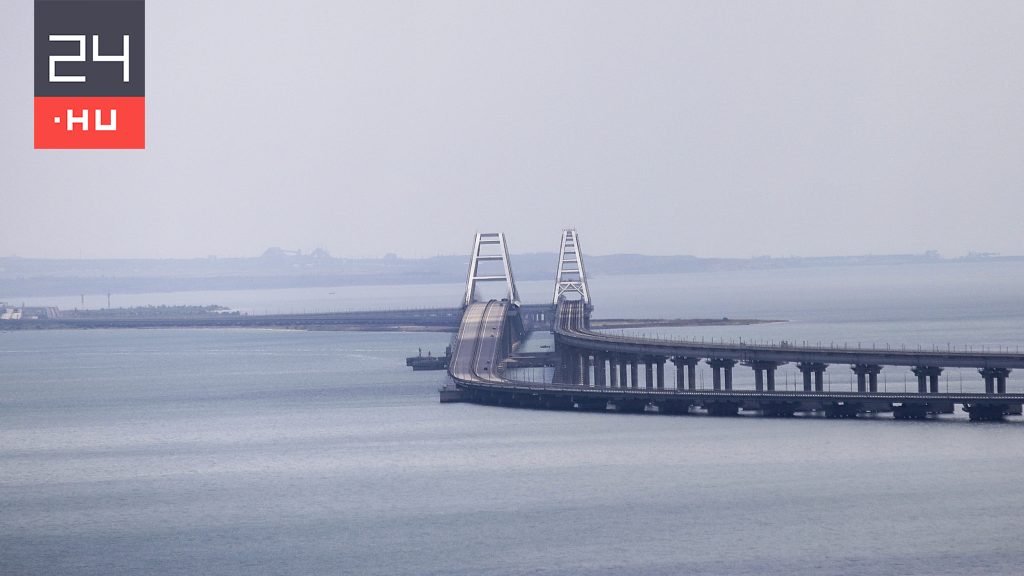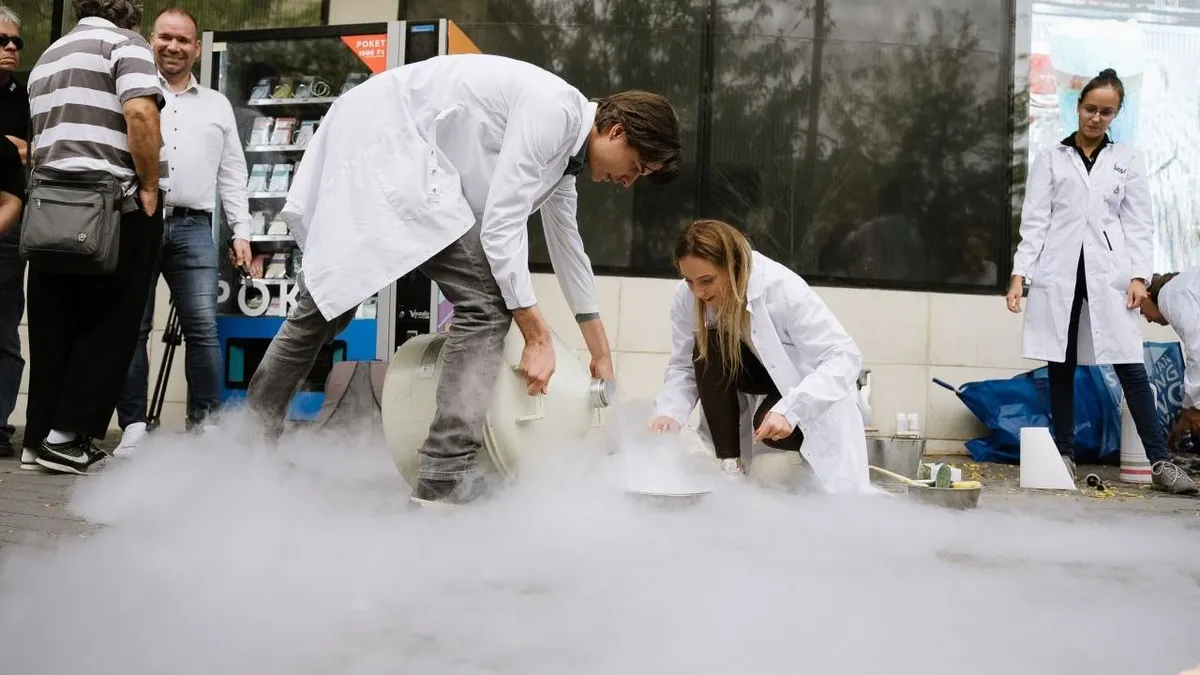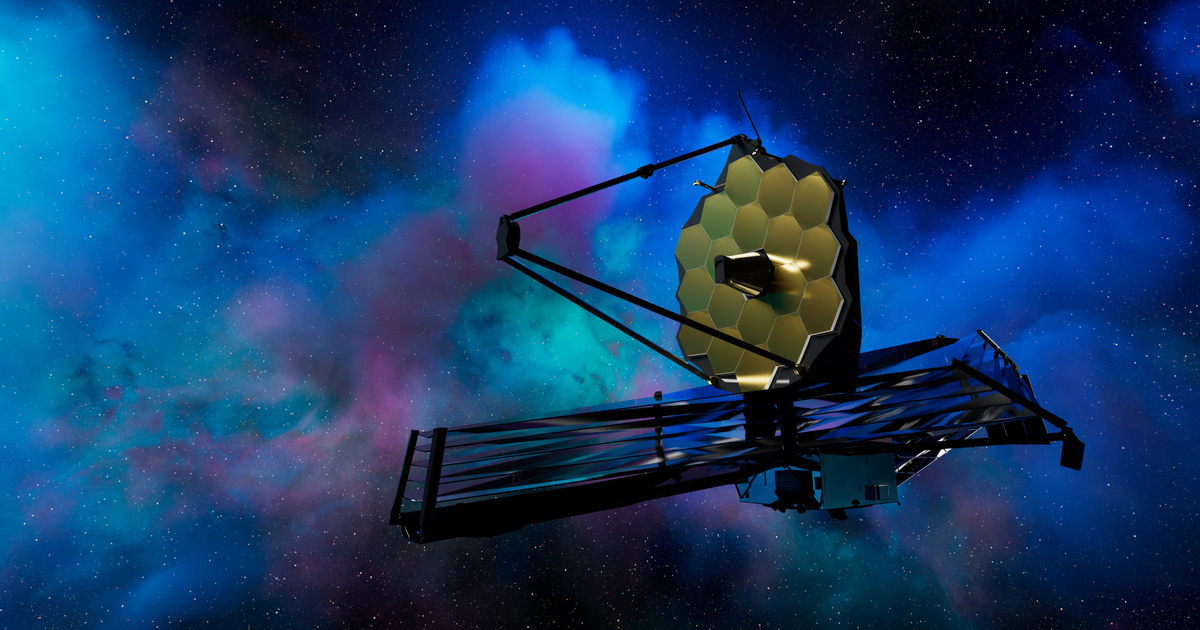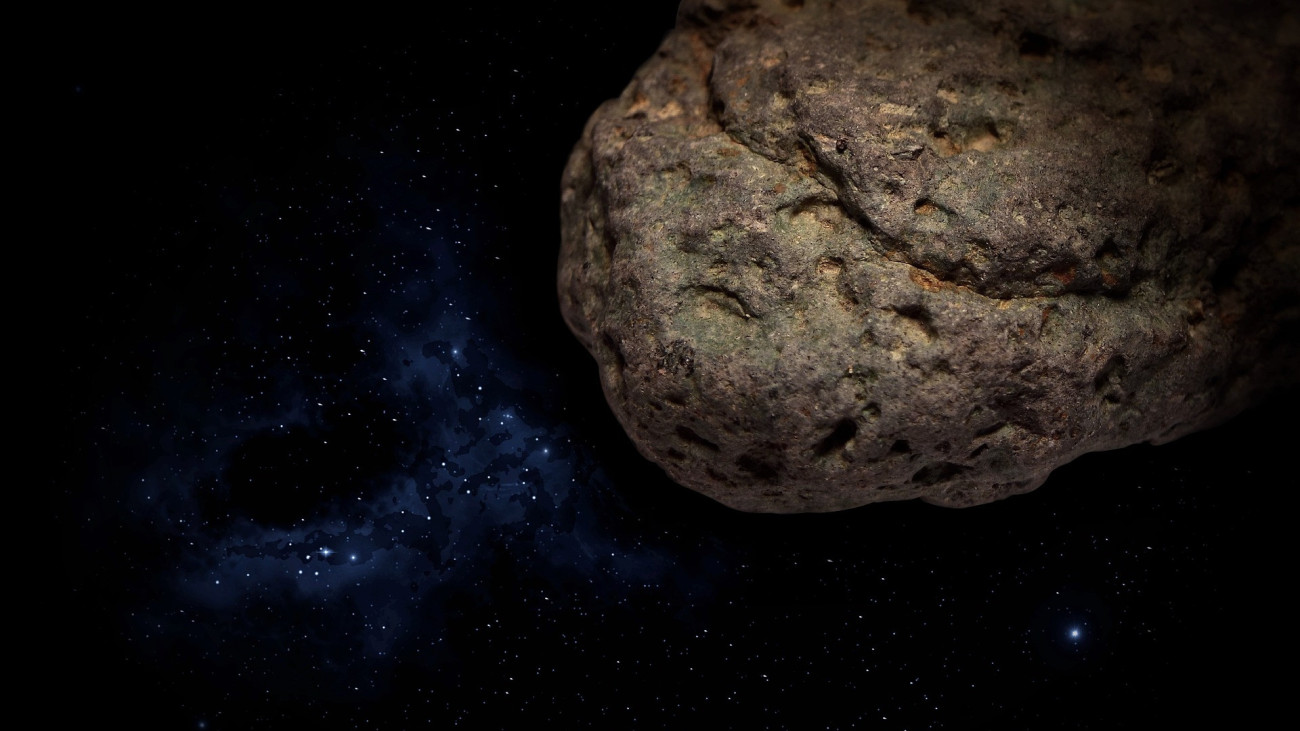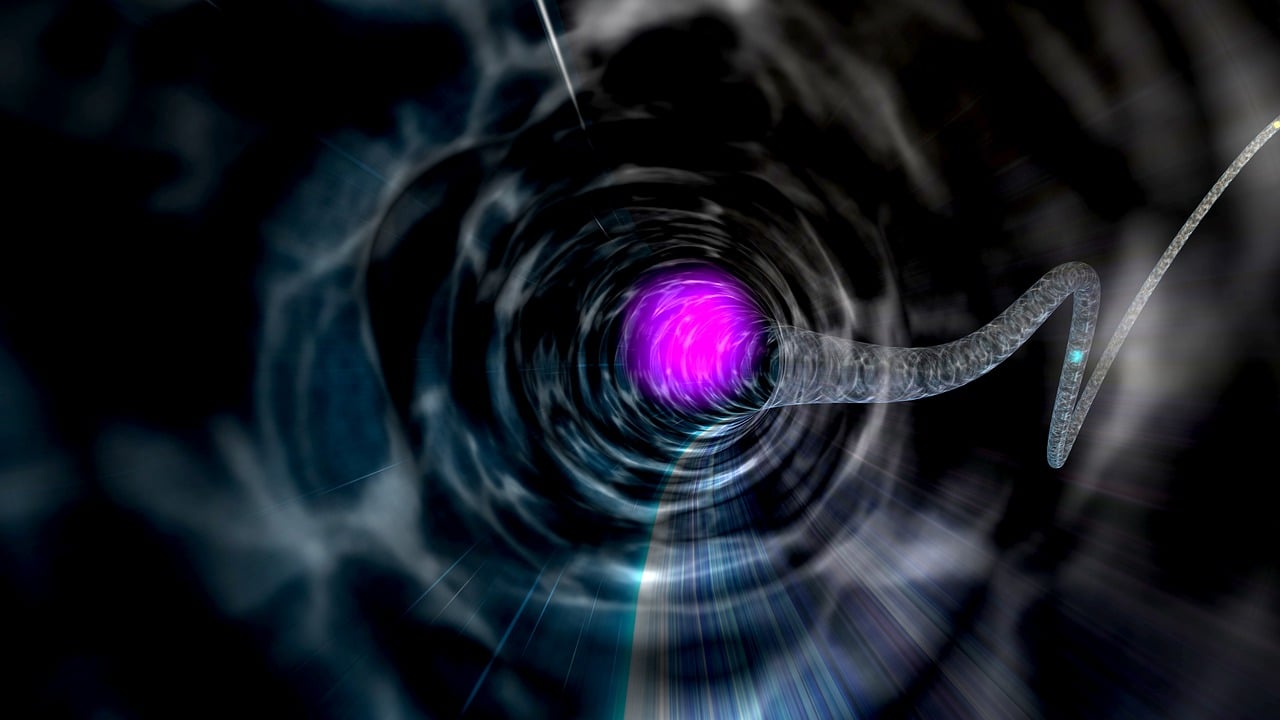New images released by the European Space Agency (ESA) have revealed more detail than ever before of a 600-kilometre-long scar on the surface of Mars.
The Red Planet is full of interesting formations, including a trench-like feature called Aganippe Fossa. Space.com website.
“We still don’t know how and when Aganepi formed, but it seems likely that magma erupting beneath the Tharsis volcanic mass spread and cracked the planet’s crust,” ESA officials wrote in a recent report. In a press release.
Aganippe Fossa is one of the most interesting formations on the surface of Mars. European Space Agency/Wikimedia
The formation of the rift on Mars is also unusual.
The name “Aganippe Fossa” is rooted in classical mythology. Aganipipe, daughter of the river Termessos, was a nymph associated with a spring at the foot of Mount Helicon in Greece.
Honoring the origin of the name, Aganippe Fossa lies at the base of Arsia Mons, one of the largest volcanoes on the planet. The word “crater” comes from the Latin term trench and refers to a long, narrow depression on the surface of a planet or moon.
The just-released images come from the European Space Agency's Mars Express spacecraft, Europe's first mission to the Red Planet, which has been surveying our neighbor since 2003. Despite the loss of the Beagle 2 lander, the orbiter continues to study Mars.
These missions include mineral mapping, atmospheric study, crustal probing, and examining its planetary-shaped moons, Phobos and Deimos.
Mars Express used its high-resolution camera to capture the new images, which show the diverse surface features of Mars.
These landforms are typical of the circular-shaped “halo” of Mount Arsia, says the ESA press release, referring to the 100,000-square-kilometre disk surrounding the base of the volcano, which is likely associated with ancient glaciers.
“This halo formed only in the northwestern part of the volcano, probably due to winds coming from the opposite direction.”
Worth reading:








